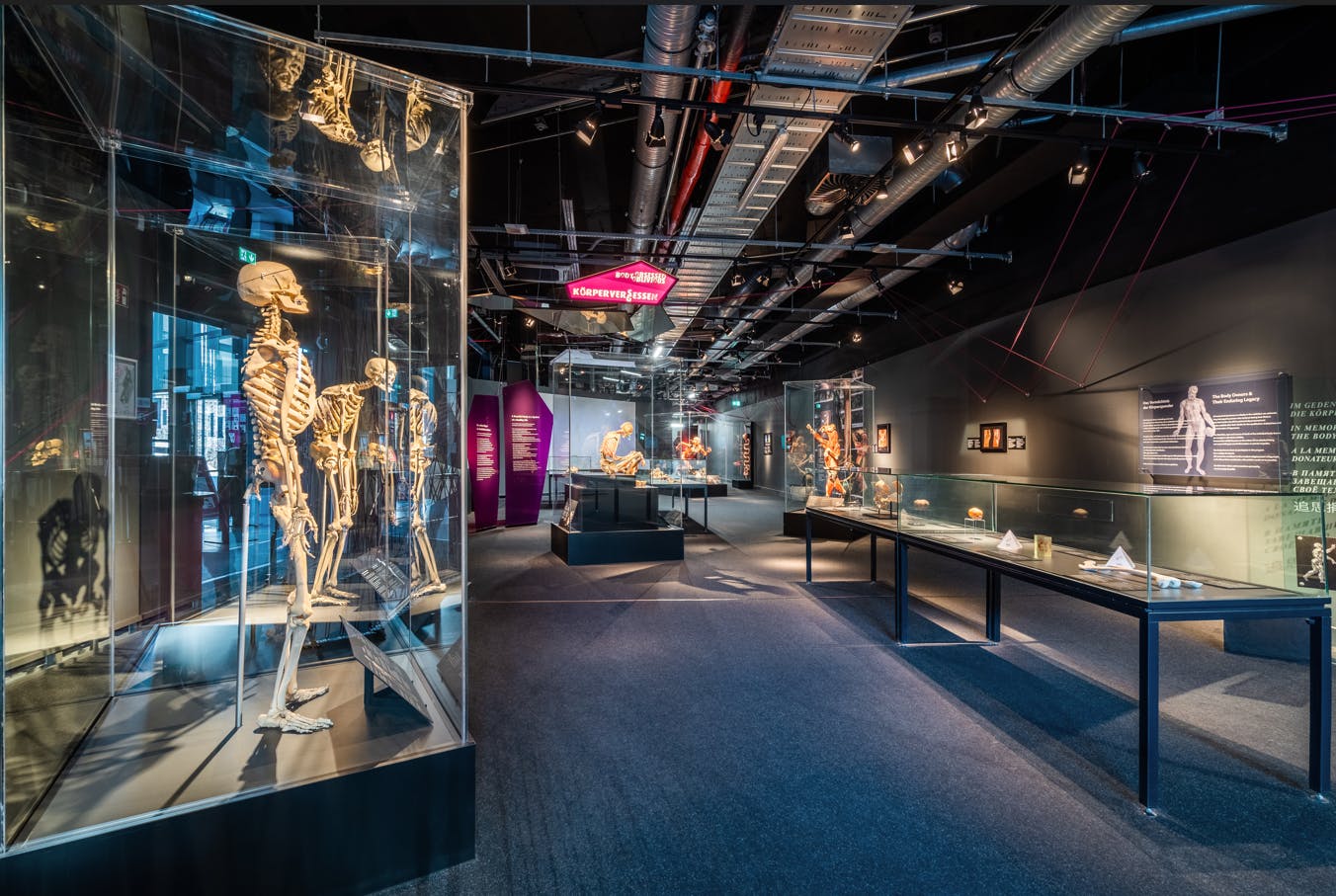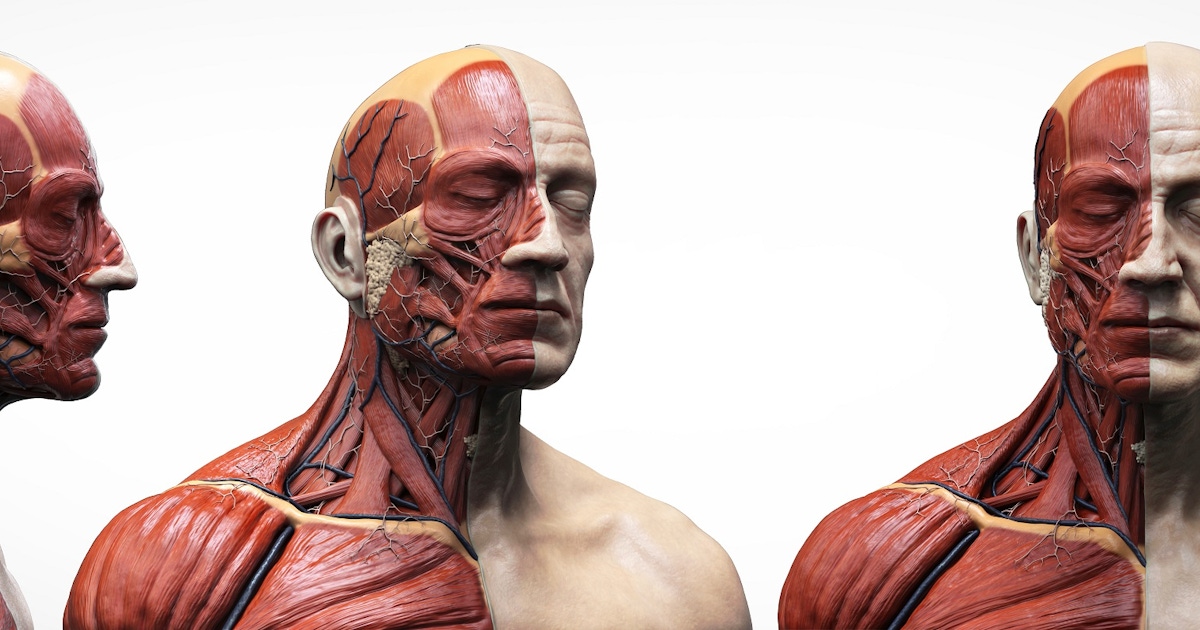Introduction to Body Worlds
Body Worlds represents a remarkable intersection of art and science, an exhibition that has captivated millions around the globe. Originating in the late 20th century, its founding can be attributed to Dr. Gunther von Hagens, a German anatomist who pioneered the innovative technique of plastination. This process involves the preservation of biological tissues through the replacement of water and fat with reactive polymers, effectively rendering bodies durable and lifelike. As a result, Body Worlds not only offers an unparalleled view of human anatomy but also educates the public about the mechanics of the human body in a visually striking manner.
The significance of Body Worlds lies in its contribution to both education and appreciation of the human form. Each exhibit features meticulously preserved specimens that highlight various aspects of human anatomy, from muscular and skeletal structures to intricacies of internal organs. This enables visitors to gain a deeper understanding of physiological processes and promotes a greater awareness of health and well-being. Furthermore, each display often serves to enlighten attendees on the impacts of lifestyle choices on bodily functions, thus encouraging healthier living.
Since its inception, Body Worlds has traveled to numerous locations worldwide, drawing people from diverse backgrounds and fostering a renewed interest in anatomical studies. The exhibitions are not merely about showcasing preserved bodies; they involve a broader conversation about the relevance of human anatomy in everyday life. Visitors leave with a sense of appreciation for their own bodies and a profound respect for the human experience. This fusion of anatomical study and artistic expression has redefined public engagement with the fields of medicine and biology, making Body Worlds a significant cultural phenomenon.
Notable Exhibitions of Body Worlds
The Body Worlds exhibitions have gained remarkable global recognition for their innovative approach to anatomical education and public engagement. Among the most prestigious is the original exhibition created by Dr. Gunther von Hagens in 1995, which debuted in Tokyo, Japan. This exhibition was groundbreaking as it introduced the process of plastination, allowing for the preservation of human bodies in a way that highlighted the intricacies of human anatomy. Its success paved the way for several subsequent exhibitions worldwide.
Another notable exhibition is Body Worlds: Animals Inside Out, which made its debut at the Natural History Museum in London. This variation of the original theme focuses on the anatomy of various animals and serves to educate visitors about the biological differences and similarities between species. By offering insights into the animal kingdom, this exhibition appeals to a broader audience, including educators and animal enthusiasts, thus fostering a greater appreciation for biology and conservation.
In the United States, Body Worlds: Pulse has been a significant attraction, showcasing the relationship between anatomy and health. This exhibition emphasizes the importance of understanding human anatomy in the context of physical wellness and lifestyle choices. Through thought-provoking displays that illustrate various health conditions and the effects of lifestyle on the body, it has resonated particularly with audiences interested in health sciences and preventive medicine.
Each of these exhibitions has contributed uniquely to the public’s understanding of anatomy. By employing captivating and educational displays, the Body Worlds projects appeal to diverse cultural interests, inspiring individuals from various backgrounds to engage deeply with the subject of human biology. This blend of art and science exemplifies the power of exhibitions in fostering dialogue around health, anatomy, and the human experience.
Impact on Education and Public Awareness
Body Worlds exhibitions have significantly transformed education and public awareness surrounding human anatomy and health. These exhibitions offer a unique opportunity for individuals to engage with authentic human specimens, allowing them to explore the complexities of the human body in an immersive manner. This hands-on approach has proven to be an effective educational tool, particularly for students pursuing careers in the medical field. By observing and understanding the intricacies of anatomy through real specimens, medical trainees are better equipped to grasp theoretical concepts, fostering a more profound appreciation for the human body.
The role of Body Worlds in general health education cannot be overstated. Visitors from various backgrounds leave these exhibitions with a greater understanding of their own anatomy, enabling them to make informed decisions about their health and lifestyle. The exhibition’s interactive displays and educational panels act as catalysts for discussions on various health topics, such as the importance of organ health, the consequences of unhealthy lifestyles, and the impact of diseases on the human body. This heightened awareness encourages individuals to take responsibility for their health and seek preventive measures, thereby contributing positively to community health outcomes.
Personal testimonials underscore the impact of Body Worlds on education and public awareness. Educators highlight the value of incorporating such exhibitions into their curricula, as students express increased enthusiasm and curiosity about anatomy and health. Visitors often recount transformative experiences, noting how the exhibition has challenged their perceptions and ignited discussions around well-being. These interactions blurs the line between art and science, highlighting the beauty and fragility of the human body. As Body Worlds continues to captivate audiences, its contribution to education and public awareness regarding anatomy and health remains an invaluable asset to society.
Controversies and Ethical Considerations
The Body Worlds exhibitions, which feature preserved human bodies, have sparked considerable debate concerning the ethical implications of displaying human remains. This controversy primarily revolves around the concepts of consent, cultural sensitivity, and the educational value of such exhibitions. Proponents argue that Body Worlds serves as an invaluable educational tool, providing insights into human anatomy, health, and the complexity of the human body. By presenting this information in a tangible format, audiences can better appreciate the intricacies of human biology.
However, critics raise significant concerns regarding the sourcing of the bodies used in these displays. Many argue that the use of human remains, particularly those of marginalized populations, raises moral questions about consent and respect for the deceased. Critics suggest that consent might not always have been obtained in a manner that aligns with ethical standards, creating distrust among potential visitors, especially those from cultures that view the body and death with particular reverence. This ethical dilemma is compounded by the fact that different cultures approach death and the display of remains differently, leading to potential disrespect towards cultural norms.
The balance between educational pursuits and ethical considerations presents a complex challenge. Educators and curators of exhibitions like Body Worlds must navigate these waters carefully, ensuring that they uphold respect for those whose bodies are displayed while also delivering informative content that promotes public understanding of health issues. Visitors to the exhibits may find themselves grappling with their discomfort alongside the knowledge gained from observing the intricacies of the human body. As this dialogue continues, the importance of addressing these ethical concerns in future exhibitions will undoubtedly remain a contentious yet necessary aspect of the conversation surrounding Body Worlds.






